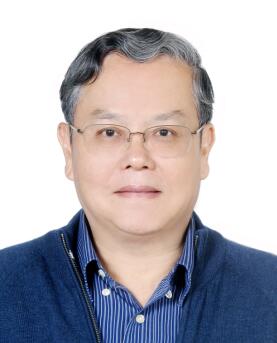Abstract—Different types of titanium dioxide (TiO2) nanoparticles (NPs) (PC-20, P25 and X500), with various particle sizes in coagulation bath were incorporated as an nanofiller into membrane matrix. The NPs were added to the polyvinylidene (PVDF) ultrafiltration (UF) membranes via phase inversion and colloidal precipitation method. A series of test, such as surface field emission scanning electron microscopy (FESEM) images, energy-dispersive X-ray spectroscopy (EDX) mapping and pore size measurement were performed to characterize the modified mixed-matrix membranes. FESEM was applied to observe the distribution pattern of TiO2 NPs in the membrane matrix and its distribution was examined using (EDX). The size and distribution of TiO2 NPs on the membrane surface was affected to a very great extent by the size of TiO2 prepared in the coagulation bath. Conversely, the presence of TiO2 on membrane surface does not provide any significant changes on the membrane pore size distribution, suggesting that in situ precipitation method is suitable to prepare mixed-matrix membrane without scarifying the membrane rejection ability. The performance of the UF membranes fabricated from the nano-sized TiO2 particles were evaluated by measuring the membrane permeates flux and humic acid (HA) rejection. The experiment demonstrated that the flux improvements of the membranes were improved due to the pore enlargement (defect) as well as increasing membrane hydrophilicity. The flux of the mixed-matrix membrane prepared by adding X500 nanofiller was the greatest (44.06 L/m2·h), which was determine as the optimum TiO2 type without scarified the membrane rejection (98.44%) compared to PC-20 and P25. This is due to the relatively small size of X500 which provides better dispersibility in the membrane matrix whereby flux was enhanced due to improve of hydrophilicity without the expense of poor humic acid rejection.
Index Terms—Hydrophilicity, colloidal precipitation method, mixed-matrix membrane, ultrafiltration
The authors are with the School of Chemical Engineering, UniversitiSains Malaysia, Penang, Malaysia (e-mail: yeithaan@hotmail.com,chobs@eng.usm.my, chlatif@eng.usm.my, chjitkangl@eng.usm.my).
[PDF]
Cite: Y. H. Teow, B. S. Ooi, A. L. Ahmad, and J. K. Lim, "Mixed-Matrix Membrane for Humic Acid Removal: Influence of Different Types of TiO2 on Membrane Morphology and Performance," International Journal of Chemical Engineering and Applications vol. 3, no. 6, pp. 374-379, 2012.



